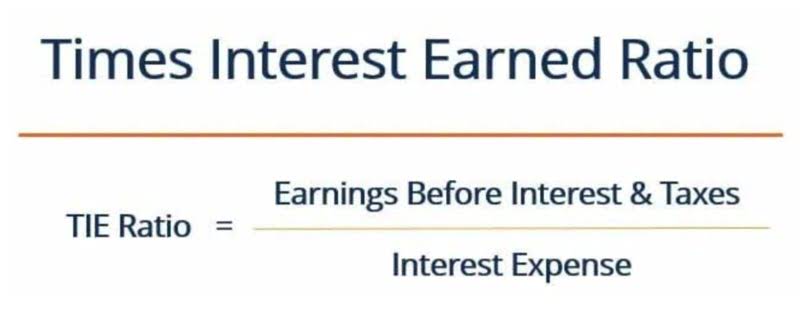Contribution Margin Income Statement Explanation, Examples, Format

The variable expenses per product amount to $28 (covering ingredients, packaging, and salesperson commissions). Variable costs are directly related to the product’s production or sales and tend to increase as production scales. Common examples include raw materials, packaging, and the labor cost of making the product. Contribution margin also includes indirect costs like sales commissions or referral fees.
- Then, all fixed expenses are subtracted to arrive at the net profit or net loss for the period.
- He began at FUJIFILM Cardiology Informatics, Indianapolis, IN, then joined accelerators like Iron Yard Digital Health and Blueprint.
- Your gross profit and contribution margin are different because of the way they allocate costs.
- Contribution formats are more detailed, and are useful for evaluating business segments, such as subsidiaries or divisions, or individual product lines.
- Meanwhile, contribution margins are calculated by subtracting variable costs from revenue.
How do you calculate the contribution margin from an income statement?
- Contribution margin and regular income statements can be very detailed, requiring an in-depth understanding of the business’s inner workings.
- Some other examples of fixed costs are equipment and machinery, salaries that aren’t directly related to the product’s manufacturing, and fixed administrative costs.
- By separating variable costs from fixed costs, financial planners, controllers, and accountants can identify specific operating patterns where revenue or expenses show unusual performance, up or down.
- Common examples include raw materials, packaging, and the labor cost of making the product.
First, fixed production costs are aggregated lower in the income statement, after the contribution margin. Second, variable selling and administrative expenses are grouped with variable production costs, so that they are part of the calculation of the contribution margin. And finally, the gross margin is replaced in the statement by the contribution margin. The contribution format income statement reveals the profitability of a product by clearly separating variable costs from revenue. This separation shows the actual amount contributing to covering fixed costs and generating profit. This understanding of cost sets contribution statements from traditional income statements, where a manager focuses more on overall profitability, not per-product cost per see.
Contribution margin income statement

Then, further fixed expenses are deducted from the contribution to get the net profit/loss of the business entity. Contribution income statements are often overlooked as important financial statements for managing costs and planning for business growth. Used by savvy business owners and executive managers, contribution statements provide insights not obtainable elsewhere in accounting management’s repertoire of financial statements, sheets, and reports. One significant difference between contribution and traditional income statements is how each is calculated expense-wise to arrive at an ultimate operating income line.
The Complete Guide to Headcount Planning

The level of detail in contribution statements is a holy grail for savvy managers who want to closely examine cost dynamics on a daily basis to adjust as quickly as possible for any needed changes in sales operations, pricing, or production. Importantly, contribution statements can be used to perform break-even analysis. Companies—particularly startups—need to know at which point a given product, segment, subsidiary, or even the company as a whole would profit after pouring money into business activities for short or long periods.
- Unlike the traditional income statement that categorizes costs as either cost of goods sold or operating expenses, the contribution format statement focuses on identifying costs that vary directly with sales levels.
- Depending on the type of business, either EBIT or EBITDA can be a better measure of the company’s profitability.
- The two expense categories may contain both fixed and variable costs, which is why it can be useful to separate them using a contribution format statement.
- Fixed expenses will increase if there is a step cost situation, where a block of expenses must be incurred to meet the requirements of an increase in activity levels.
By double-checking accounts to individual entries, controllers and auditors ensure all records and calculations are mathematically correct. For example, mill line managers can decide whether to invest in capital equipment to maximize the production of one or more products, reduce or eliminate production in https://dev-movies007.pantheonsite.io/2024/01/31/accounting-and-reporting-for-stock-gift-donations/ other lines altogether, or switch to whole new product lines. This is a decision at scale and of substantial consequences where cost control is directly related to production, which is directly related to entries in income statements, although not stated in contribution statements. Some common examples of variable costs are raw materials, packaging, and the labor cost of making the product.
This post is every calculating manager’s go-to guide on contribution income statements. Contribution margin and regular income statements can be very detailed, requiring an in-depth understanding of the business’s inner workings. Earnings Before Interest, Taxes, Depreciation, and Amortization (EBITDA) Budgeting for Nonprofits measures a company’s financial health. EBITDA focuses on operating expenses and removes the effects of financing, accounting, and tax decisions. As shown in the formula above, the formula for EBIT involves taking company sales revenue, and expenses, without breaking this down into individual products or services.

In the simplest terms, the contribution margin is the amount left over after deducting variable costs from revenue. This figure reveals how much is left to cover fixed expenses and contribute to profit. To understand what contribution income statements are, why they are super important to savvy managers, and how contribution and traditional income statements compare, read on. A contribution margin income statement is an income statement in which all variable expenses are deducted from sales to arrive at a contribution margin.

Example of how to find the contribution margin
The contribution margin income statement is a special format of the income statement that focuses on bifurcated expenses for better understanding. Looking at this statement, it can be easily understood as to which business activity is resulting in a revenue leak. To calculate the contribution margin, you need to understand the difference between fixed costs and variable costs. You’ve got everything from sweat-resistant leggings to performance t-shirts, each with its own cost structure. A contribution margin income statement helps contribution format income statement you understand which of these items are adding value and which might be eating into your profits.
